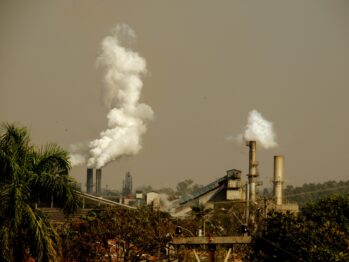By Brian Wallheimer
The fracking-driven surge in crude-oil production this century has forced two developments in the US transportation infrastructure: a boom in pipeline construction as well as a boom in rail shipments of crude while pipelines are being developed. Rail transportation peaked at almost 1 million barrels a day between 2010 and 2014, representing a record 10 percent of American crude production.
But as pipeline developers sought long-term contracts from oil shippers, a curious thing happened. The availability of rail as a transport option reduced demand for pipeline capacity, find Chicago Booth’s Thomas Covert and University of Chicago Harris School of Public Policy’s Ryan Kellogg, even though shipping by rail costs more and causes more environmental damage. They argue that “crude-by-rail may be an attractive transportation option in spite of its higher costs.”
The researchers focused on the Bakken shale fields of North Dakota, where fracking began to unlock vast amounts of oil in the mid-2000s. Producers turned to rail tanker cars to get the crude to refiners as production levels exceeded existing pipeline capacity. Meanwhile, a consortium of companies began signing up customers for the proposed $3.78 billion, 1,172-mile Dakota Access Pipeline. They obtained enough long-term commitments from crude-oil shippers to build the pipeline in June 2014, though protests and legal challenges delayed completion until 2017.
Building a model using data on market conditions as of June 2014, the researchers find that the capacity of rail transit makes it more than a stopgap and can erode incentives to invest in pipelines.
















